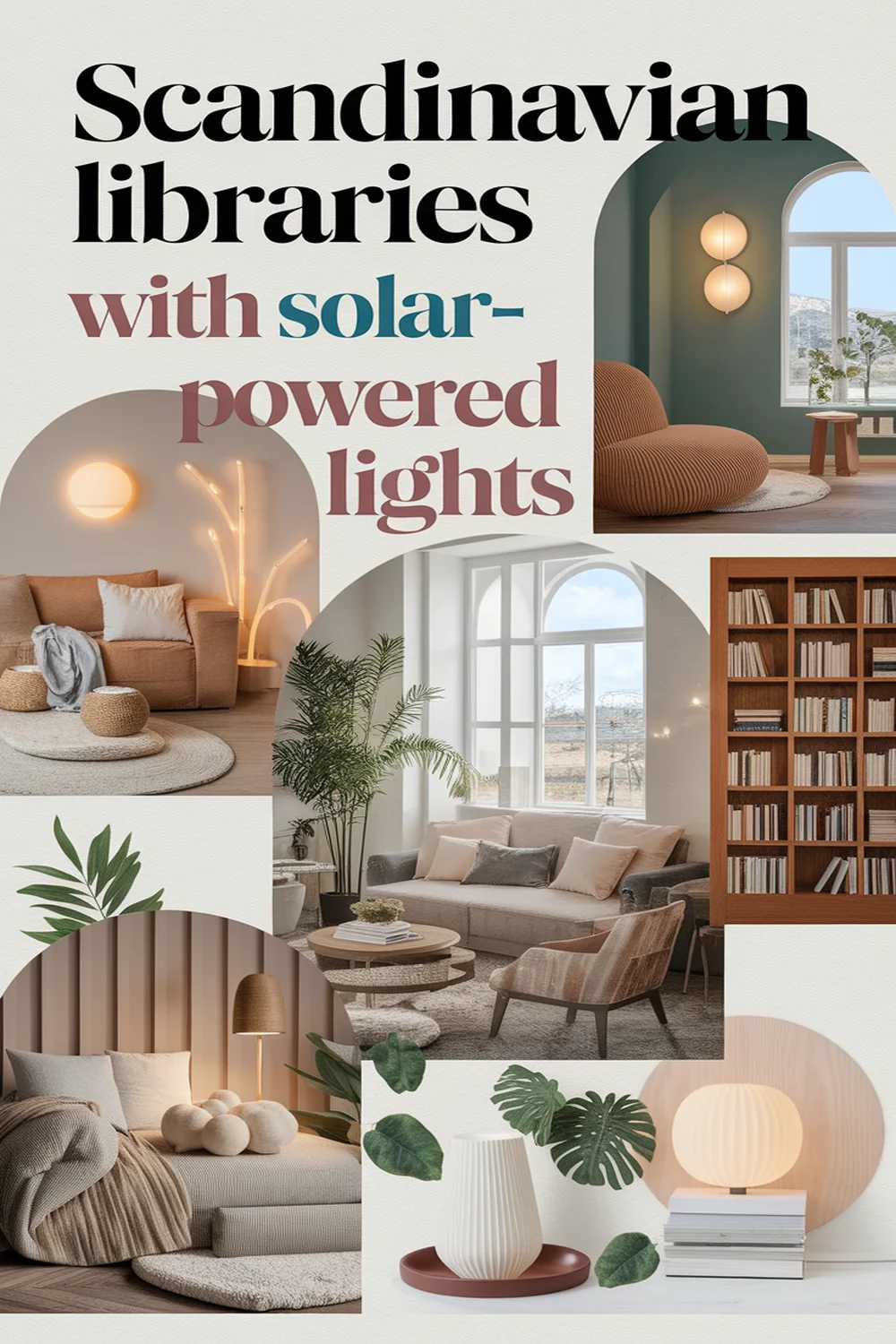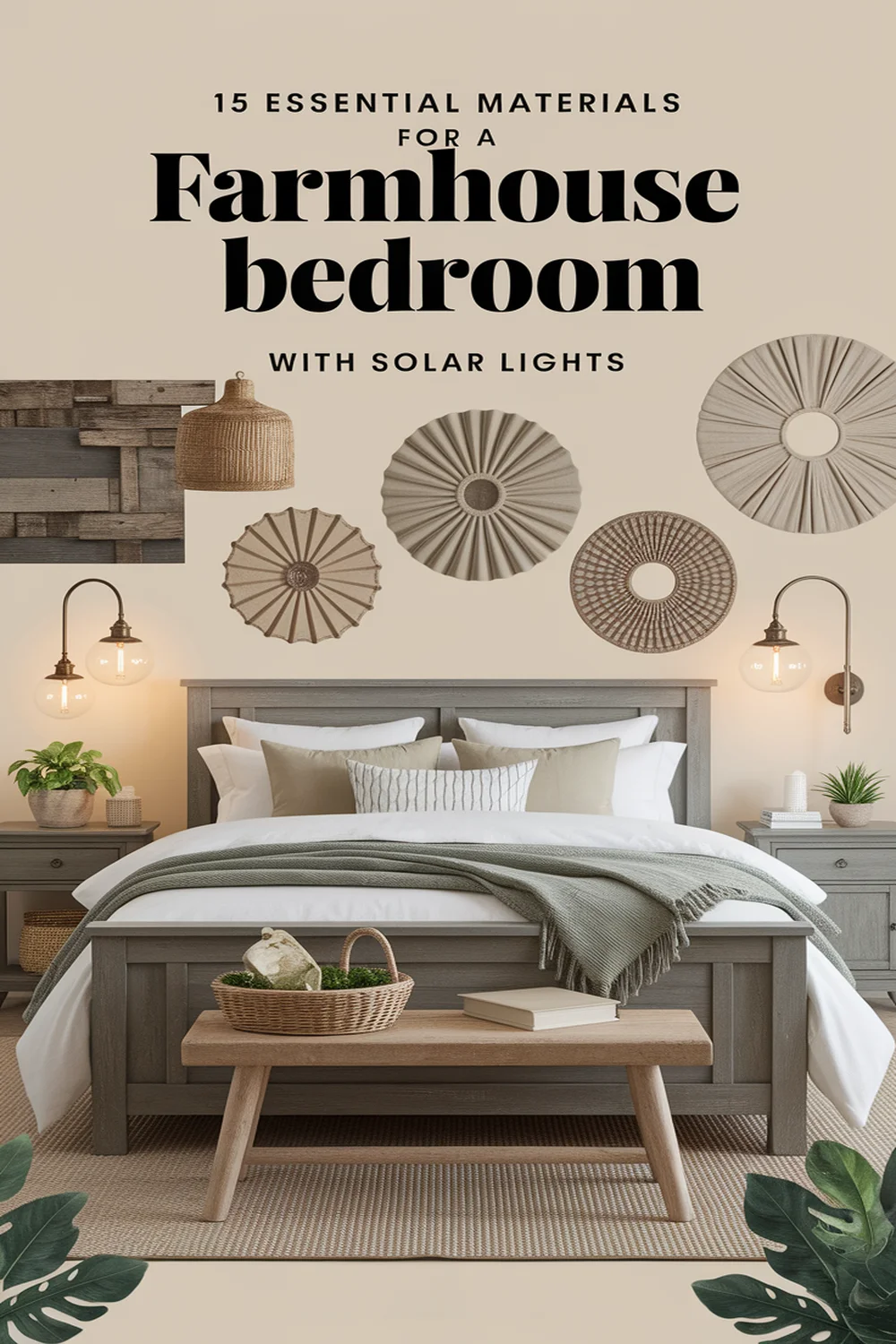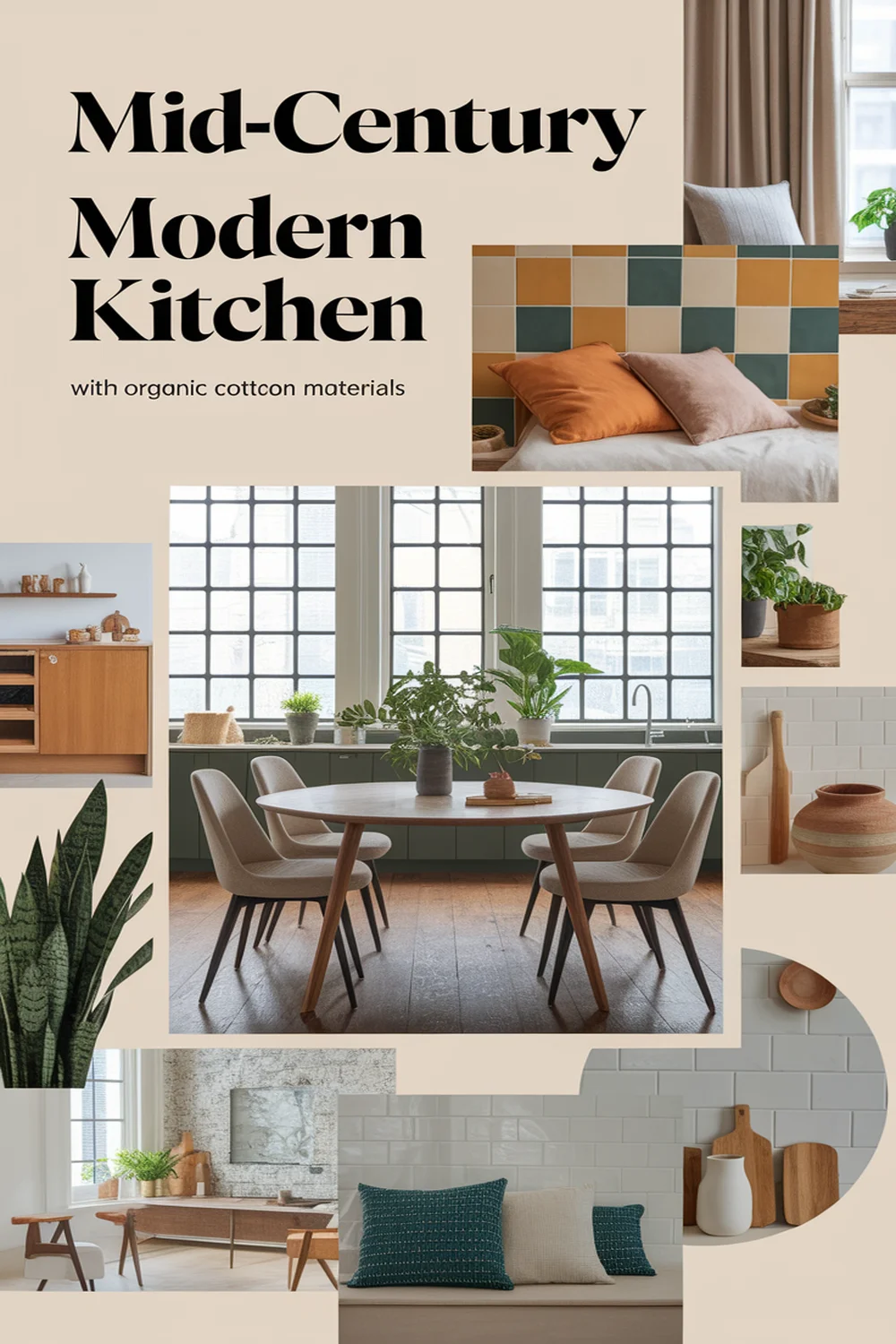What Makes a Scandinavian Library Stand Out With Solar-Powered Lights?
How do Scandinavian libraries uniquely incorporate solar-powered lights to create sustainable, inviting spaces that captivate communities and inspire environmental awareness? Discover the details!





